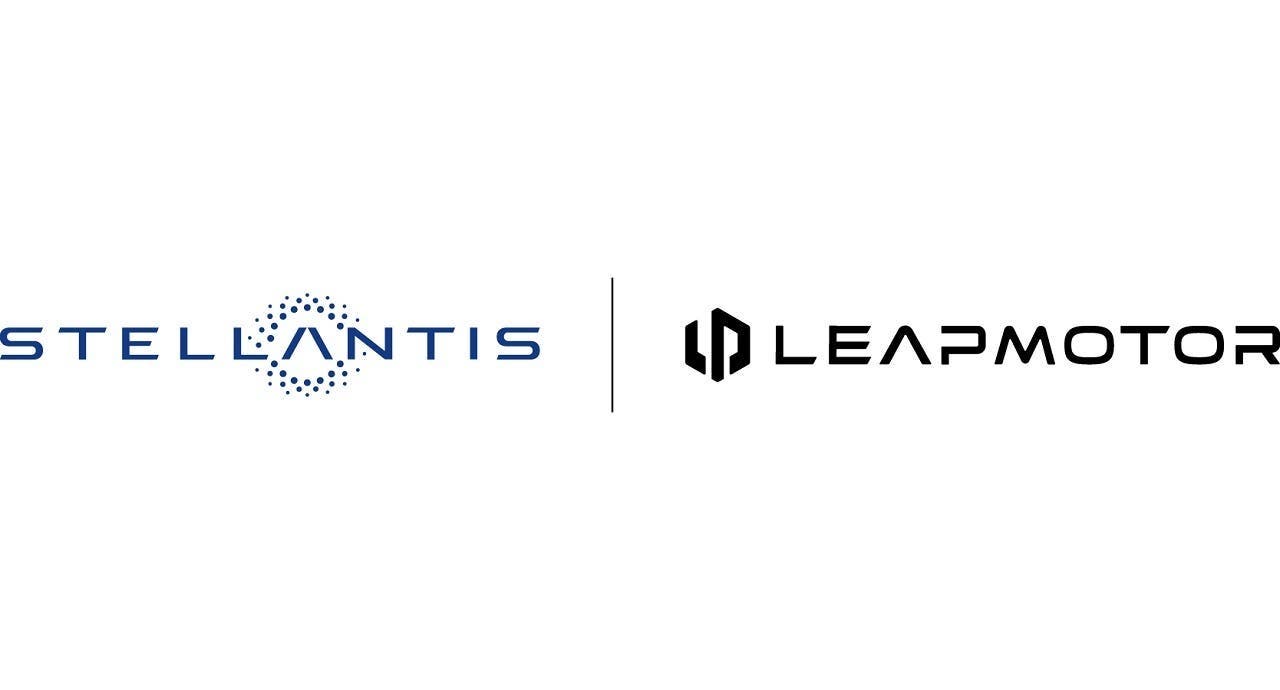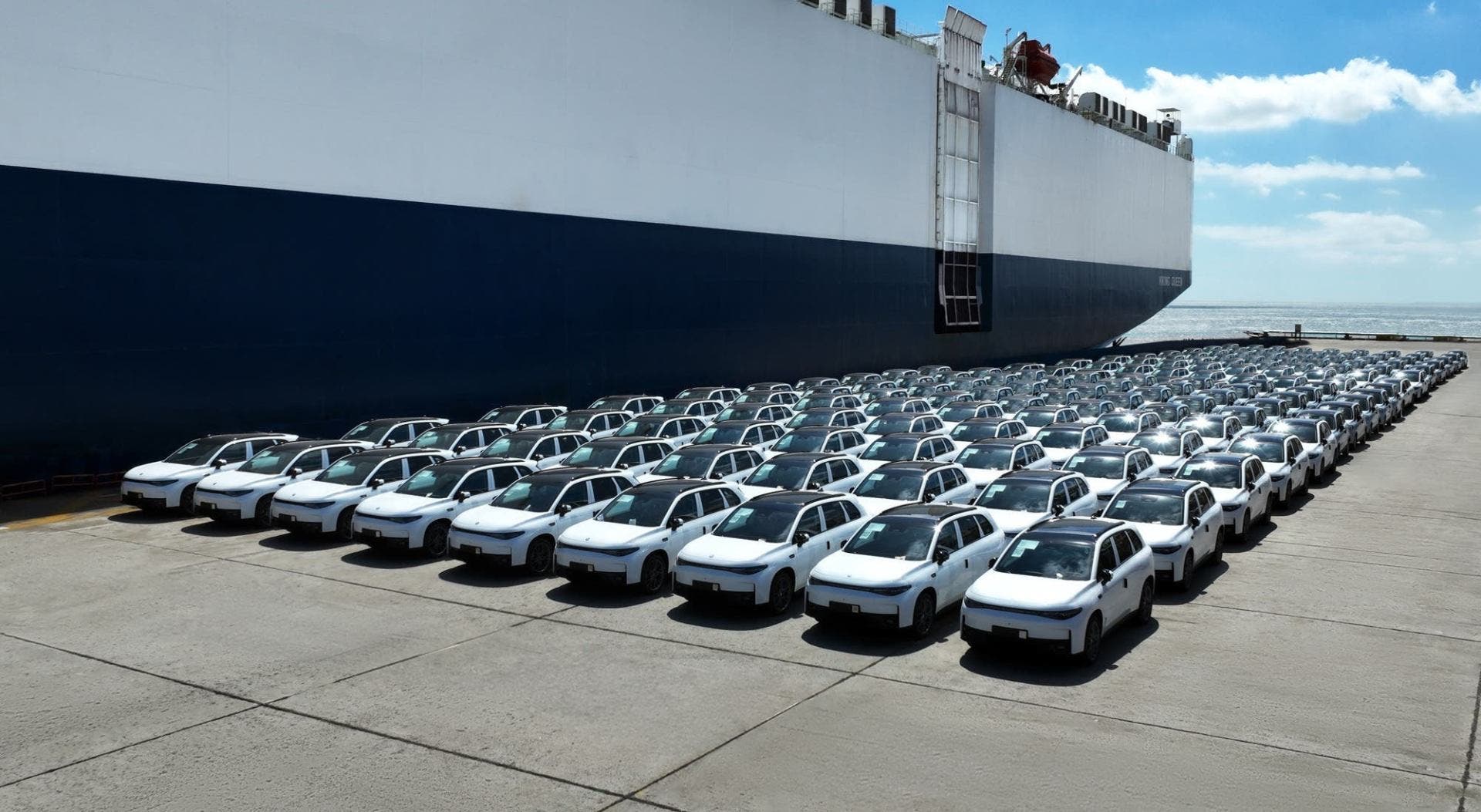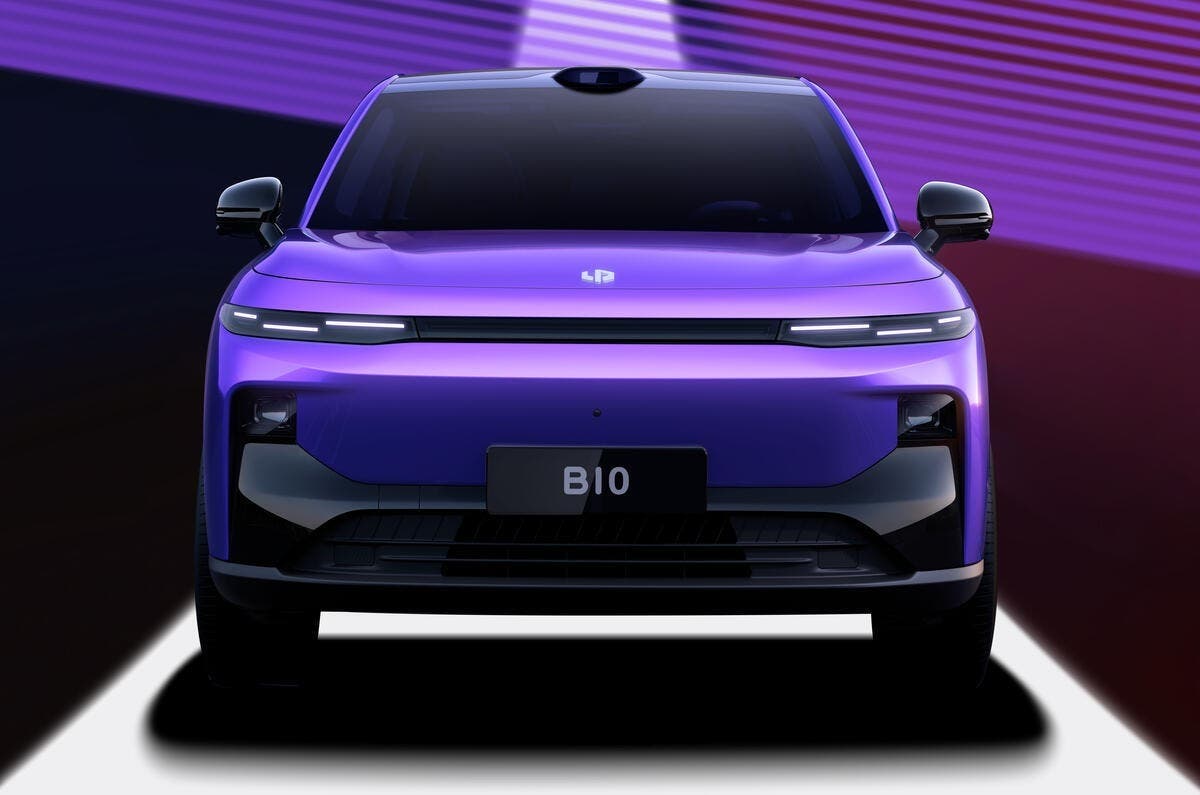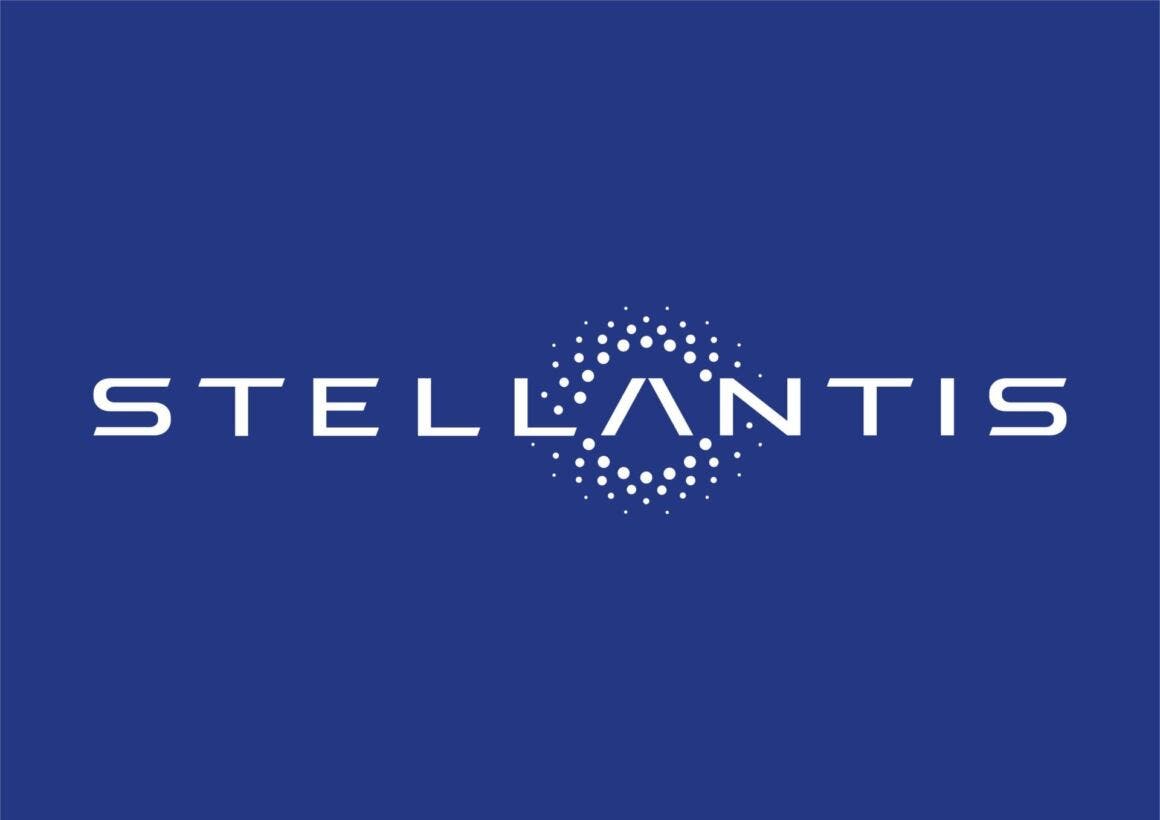Stellantis has announced an impactful strategic move: the fast-growing entry of the electric vehicle market in India. For this ambitious venture, Stellantis has formed a key partnership with Leapmotor, an innovative Chinese manufacturer specializing in next-generation electric cars.
Stellantis and Leapmotor range EV India
Stellantis and Leapmotor together in a partnership to grow the EV market in India. Indeed, the stated goal is to introduce a range of affordable electric vehicles to the Indian market by the end of this year. This initiative aims to intercept the growing demand for sustainable mobility solutions in the country by offering price-competitive electric alternatives.

Despite potential challenges related to the geopolitical environment and international trade dynamics, including the so-called “tariff war,” Stellantis demonstrates a bold vision and strong determination to play a leading role in India’s electric transition. The partnership with Leapmotor represents a strategic synergy that combines Stellantis’ strength and global network with Leapmotor’s agility and advanced technology in the electric vehicle sector.
This move could be a turning point for the Indian EV market, offering consumers a wider choice of quality EVs at competitive prices and accelerating the adoption of electric mobility in the country. The focus is now on the specific models that will be launched and their market reception.

Leapmotor in India: impressive sales
This adds to Leapmotor’s success, as it has recorded impressive sales, exceeding 300,000 vehicles registered in the past year alone. These exciting numbers have thus ignited the interest of Stellantis, which is aware of the enormous potential offered by the size of the Indian auto market.
However, the road to success is not without obstacles. Stellantis, currently in a management transition, faces significant challenges, including the presence of high customs duties that could affect costs and fierce competition from already well-positioned local and international players.
To overcome these barriers, Stellantis decided to assemble Leapmotor’s electric vehicles in Europe and Indonesia. This would optimize logistics, potentially reduce duty-related costs, and more effectively meet the needs of the Indian market.

One model in particular that could be a very interesting opportunity for Indian customers is the Leapmotor B10 SUV. This state-of-the-art vehicle boasts advanced smart-driving features and, with an estimated price tag of less than $18,000, presents itself as an extremely attractive opportunity for a wide range of buyers.
Although Leapmotor has not yet achieved the global resonance of giants like BYD, its proven ability to generate profits instills confidence in its international expansion. The partnership with Stellantis represents a significant acceleration of this ambition, combining the strength and global network of an established group with the innovation and efficiency of an emerging EV manufacturer.
Stellantis between manufacturing strategy and skepticism about profits in India
In this complex scenario, Stellantis’ strategic move to start production in key regions such as Europe and Indonesia could prove to be a trump card. This shrewd choice would enable the automotive group to compete with greater agility and overcome, at least in part, tariff hurdles. An interesting comparison emerges with Tesla, which, while closely watching the potential of the Indian market, seems to be taking a more cautious approach precisely because of cost challenges.
However, the enthusiasm for Leapmotor’s entry into India is tempered by statements from its own founder and CEO, Zhu Jiangming. In a recent interview, Zhu acknowledged the significant potential of the Indian market for electric vehicles, but expressed real concerns about the difficulty of generating profits in this environment. “Whether it’s smartphones or tablets, it’s notoriously hard to derive profits from India, and we expect the same to be true for the automotive market,” Zhu said, highlighting the economic challenges inherent in the market.
It is important to mention that Stellantis already has an established industrial presence in India, with several operating plants, including one located in Tamil Nadu. This manufacturing site has already begun producing electric vehicles under the Citroën brand, demonstrating the group’s commitment to the electrification of the local market.
The arrival of Leapmotor vehicles, supported by Stellantis’ manufacturing strategy, could thus represent a bold attempt to balance the growth potential of the Indian market with economic and tariff challenges. It remains to be seen how this dynamic will evolve and whether the synergy between Stellantis and Leapmotor can overcome the misgivings expressed by the latter’s CEO.

